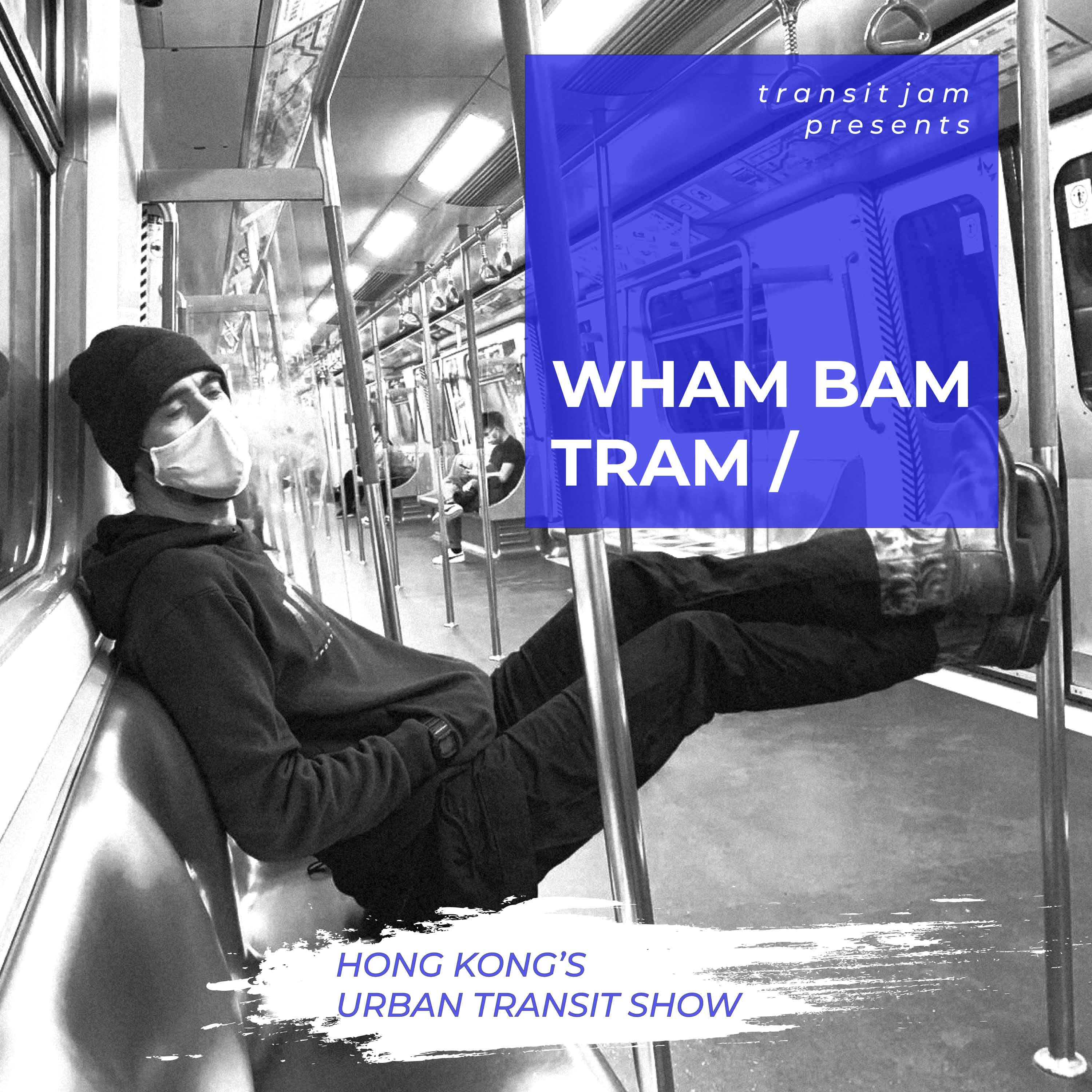
Hong Kong’s iconic Star Ferry plies Victoria Harbour – but passenger numbers have been dwindling for decades
Millions of people could use ferries to commute, given the growth in jobs along Hong Kong’s coastline, but the government must fully integrate ferries into public transport and go beyond its “railway as a backbone” transport policy to create a genuinely sustainable transport network for Hong Kong’s future, according to research commissioned by the government’s Policy Innovation and Co-ordination Office (PICO) and conducted by The University of Hong Kong (HKU).
Around 1.7 million jobs and 1.4 million people are based within walking distance of a ferry pier, according to the new research, yet those nearby populations and workers are not taking advantage. The research, led by the head of HKU’s Institute of Transport Studies, Professor Becky Loo Pui-ying, shows dwindling ferry passenger numbers since the 1950s have led to an over-subsidised ferry sector in dire financial straits.
 “Ferry transport in Hong Kong has not fulfilled its potential promise as an attractive and sustainable travel mode,” says the report, highlighting that ferry travel represented just 1% of mechanised trips in 2011. Ferry trips have sunk from 269 million in 1958 to just 46 million in 2018. That suggests fewer than three ferry trips per month, on average, for the population served within walking distance of a pier.
“Ferry transport in Hong Kong has not fulfilled its potential promise as an attractive and sustainable travel mode,” says the report, highlighting that ferry travel represented just 1% of mechanised trips in 2011. Ferry trips have sunk from 269 million in 1958 to just 46 million in 2018. That suggests fewer than three ferry trips per month, on average, for the population served within walking distance of a pier.
The HKU team view the depressed ferry sector not as an isolated bad apple in Hong Kong’s transport mix, but rather as symbolic of an outdated approach to transport policy.
“Prioritising railway development can no longer pave the way to sustainable transport,” says the report. “We need a new paradigm in transitioning the current ‘railway as the backbone’ strategy to a more comprehensive multi-modal sustainable transport hierarchy, with walking being considered as a formal transport mode as well.”
Ferry services should not be seen as “supplemental” or “alternatives” to rail and bus, the researchers say, but integrated as a legitimate mode in its own right.
While railways and buses have served Hong Kong well, Loo and her team say there are new social challenges on both MTR and bus networks. Overcrowding on trains and congestion on bus routes and tunnels, has slowed journeys – while disruptive events on rail and road can leave passengers stranded. As an example, The North Point-Kwun Tong ferry route was identified by non-frequent passengers as a competitive alternative cross-harbour route, which such occasional passengers might opt for because of the risks of tunnel and road congestion.
Ferries, the researchers say, promote transport resilience, while also contributing to transport decarbonisation, generating lower carbon emissions per passenger-kilometre than railways and buses if there are sufficient passengers, and using less carbon-intensive fuels.
The report recommends the government adopt a “place and people sensitive” approach to transport planning. In particular, they say, the government should bring activities near to the piers, and improve the walking environment surrounding the piers. The research showed around 70% of connections to and from ferry piers were made by walking only: yet survey respondents gave their piers poor scores in terms of walking comfort and convenience.
Researchers cited international examples of strong ferry culture. In New York, they say, “Ferry transport has a strong position in filling transit gaps, relieving traffic congestion, improving people’s quality of life and promoting attractive routes.”
The New York approach, they say, is to provide affordable and convenient transit, support growing neighbourhoods to connect people to jobs and economic opportunities throughout the city and increase the resiliency and redundancy of the city’s transport network, with recent investment of US$55 million (HK$426 million) in its pier infrastructure.









This is great news. Hong Kong needs to rejuvenate its ferry services and integrate them into a holistic transport policy that doesn’t focus so heavily on the MTR.
It becomes even better when cycling is encouraged, as the ferries combine with bikes to build liberating connectivity that can make Hong Kong more liveable for everyone.
As an immediate first step, let’s incentivise into the sprawling and currently wasted spaces at the various ferry piers selected cafes, bars and other uplifting businesses, to help make the waterfront and harbour a destination, with the ferries at its heart.
I think NYC has better ferry transportation than hk, mostly because they Subway isn’t as clean, full of shops, toilets and cheap as mtr in HK. So some people prefer to use it rather than subway. I wish Hong kong would have more water activities.